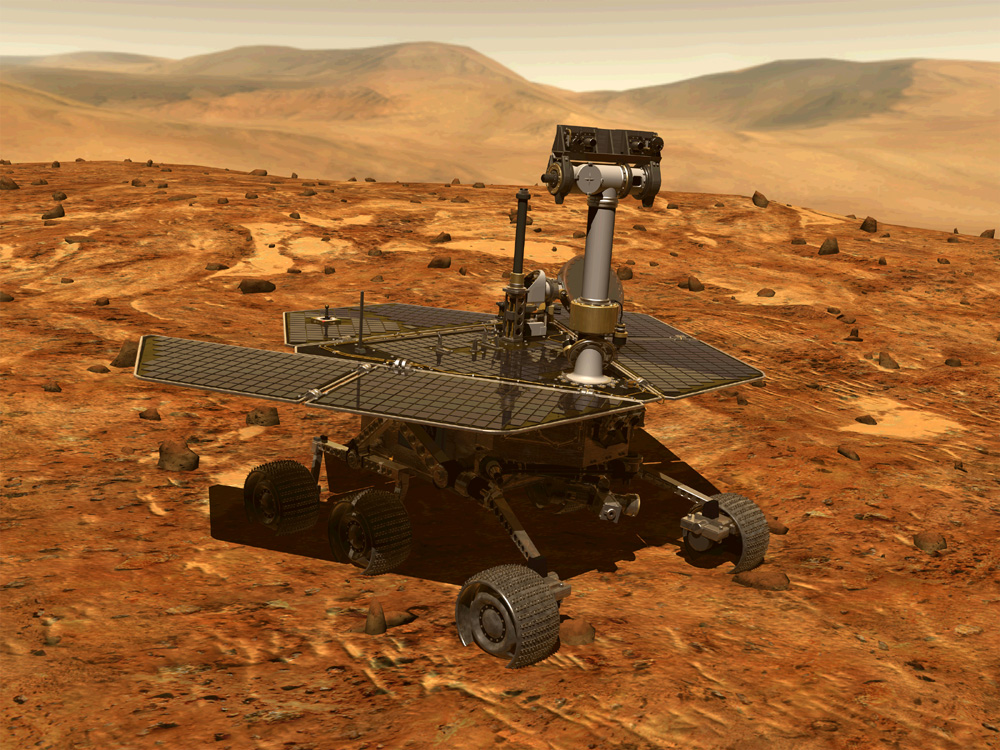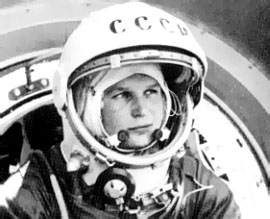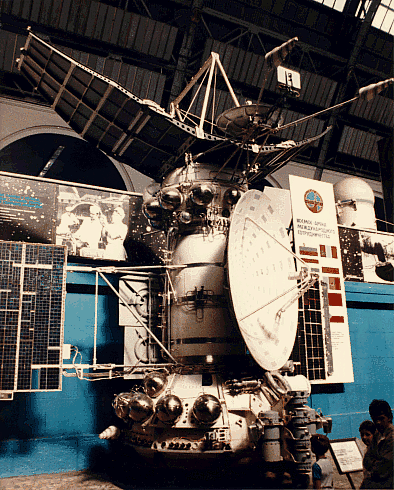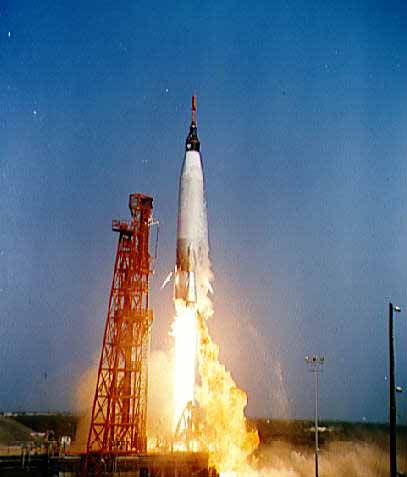Ten years ago today — June 10, 2003 — a Delta 2 rocket launched from Cape Canaveral carrying Mars Exploration Rover A, or “Spirit.”

(“Spirit” Mars Exploration Rover. NASA image.)
Spirit was one of two rovers designed to traverse the Martian surface to search for evidence of life, characterize the Martian climate and geology, and improve our understanding of Mars in advance of sending people to explore. Spirit’s twin, named “Opportunity,” launched a month later. Their mission’s scientific objectives were to:
1) search for and characterize a variety of rocks and soils that hold clues to past water activity,
2) determine the distribution and composition of minerals, rocks, and soils surrounding the landing sites,
3) determine what geologic processes have shaped the local terrain and influenced the chemistry,
4) perform “ground truth” of surface observations made by Mars orbiter instruments,
5) search for iron-bearing minerals, identify and quantify relative amounts of specific mineral types that contain water or were formed in water,
6) characterize the mineralogy and textures of rocks and soils and determine the processes that created them, and
7) search for geological clues to the environmental conditions that existed when liquid water was present and assess whether those environments were conducive to life.
The rovers landed successfully on Mars in January 2004. They originally were only supposed to operate for 90 Martian days (a little over 92 Earth days), but Spirit operated until March 2010 and Opportunity is still going.
In other space history …
The same day Spirit launched, Sea Launch placed the Thuraya 2 communications satellite in orbit from the Odyssey platform. Thuraya 2 is owned by the United Arab Emitrates, and provides service to the Middle East, India, etc., from geostationary orbit.*
And on this date 40 years ago, the Radio Astronomy Explorer B — also known as Explorer 49 — launched from Cape Canaveral on a Delta rocket. Its sister spacecraft, RAE-A (or Explorer 38), had been launched in July 1968. RAE-B conducted radio atronomy from an orbit around the Moon, and operated until 1977.
___
*Noted primarily because I like Sea Launch, having gone on one of their launch campaigns.



 by
by 


















